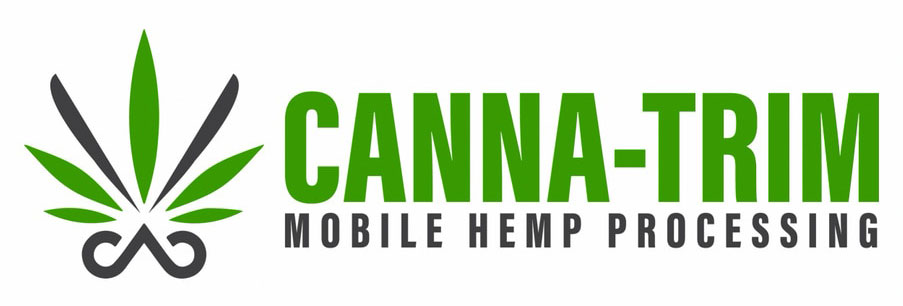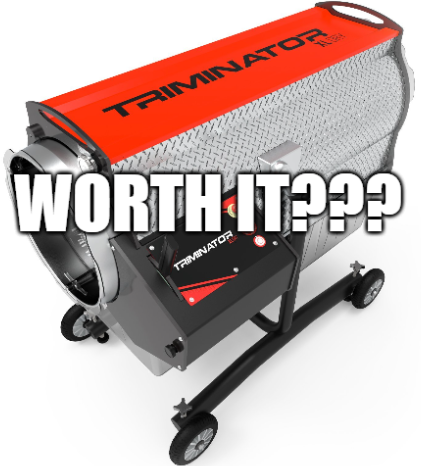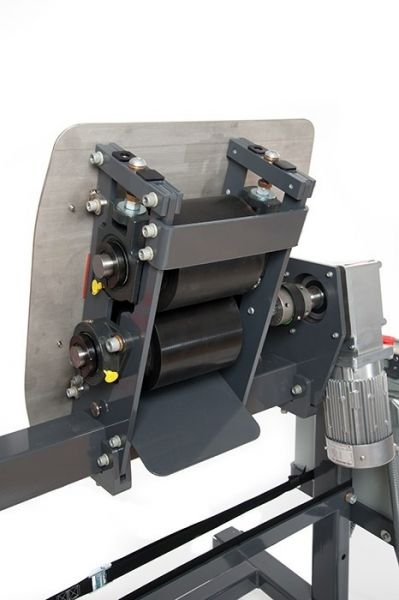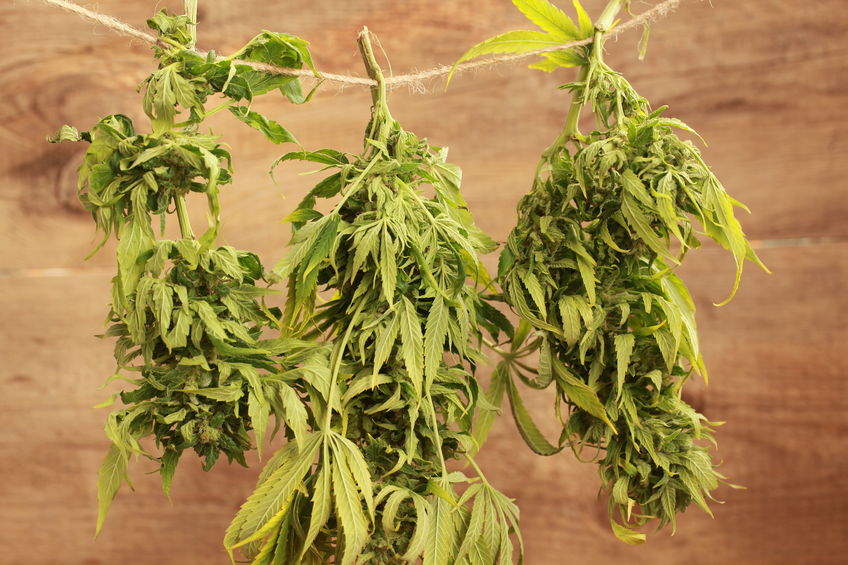A Triminator XL Review: Worth the money?
- By Jack Nichol
- Aug 4, 2021
Hi fellow Trimmers! Jack here, and I’m back with another blog post about cannabis trimming---everyone’s favorite activity.
Yes, trimming cannabis really sucks. That is why we have engineers and technology to create more efficient ways to help us do things that we hate. One of the contraptions that the mechanical cannabis trimming industry has created is called a Dry Tumbler. There are a couple different variations designed for this method of volume cannabis trimming, but the most popular and effective way I’ve used and seen it deployed are from Triminator and Twister. The XL Dry and the BatchOne from each manufacturer respectively, are the most widely used volume mechanical dry trimmers on the market. I have used the Triminator a lot. Like, a lot a lot. I have not used Twister’s version as much (hit me up with a demo machine Twister!) The BatchOne uses the same physics to trim as the XL so I think that they do a comparable job. Triminator also makes smaller, more craft and home-sized dry trimmers, that perform at a high level.
Specifically, this review is based on the XL Dry from Triminator. I’ve used this machine for hundreds of hours, have put all sorts of flower through it, and feel like I have a good idea of what it is capable of and how best to use it.
When properly prepared flower is put into this trimmer, the XL Dry does a great job giving your flower a high-quality machine-trim and doing it quickly. I have seen a lot of strains of all major cannabinoid types go through the unit. It gives a consistent quality level in output and does it in a reliable and easy to maintain package. **Friendly reminder that a lot of the time when troubleshooting why output isn’t up to expectations when using mechanical trimmers, it’s usually the parameters of the input not matching the machine’s operational strength.
I use the XL in a couple different ways, short bursts of time of low chamber volume runs, around 2 pounds of input, or longer 2/3 full chamber runs of about 5-6 pounds per run. You’re going to have to find which works best for you and your process. I typically find that processors that have products destined for the shelf as pure flower prefer the shorter smaller runs. If your goal is high quality extraction, and you have a lot of flower to process, then conversely, high volume longer runs can be achieved as well with good results using the XL Dry.
It’s a very simple machine and I mean that as a compliment to the engineers that made it. I know from personal experience owning a mobile trimming business that it can take a banging and continue to perform. The XL is easy to clean and maintain because the design is simple. It breaks down in 5 minutes and with the proper equipment to clean the parts, like a hot water pressure washer, can be turned around in less than 45 minutes. Cleaning this unit regularly, as with every other type of cannabis plant processing equipment on the market is important.
It uses a low amount of energy to operate-- powered from a 115VAC power source and is quiet when it runs when compared to their wet-biased cousins and their vacuums. The only real complaint I have about it is that the wheels (or at least the ones on the unit I have) don’t swivel. I move mine around a lot and they’d help.
So to answer the question in the title of this blog: is it worth it the money? Yes, absolutely. I have used it for many hours by this point in so many different capacities and it has always performed well. If you’d like to know more about the Triminator XL after reading this, or just have trimming questions in general, please don’t hesitate to reach out to me! Thanks for reading and Happy Trimming!






